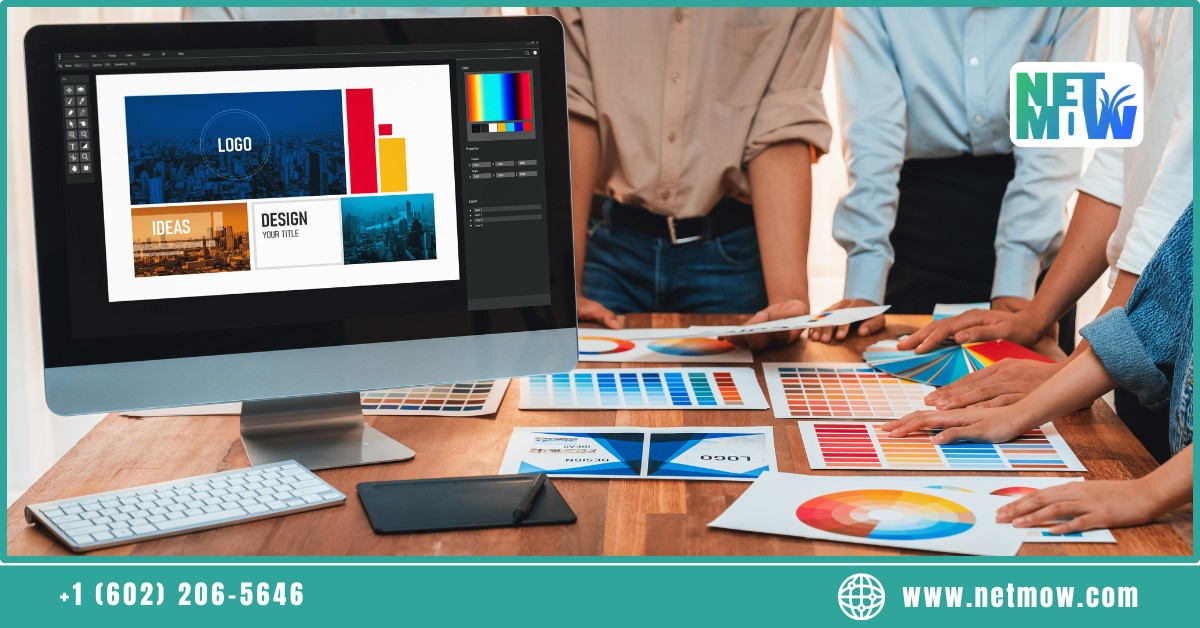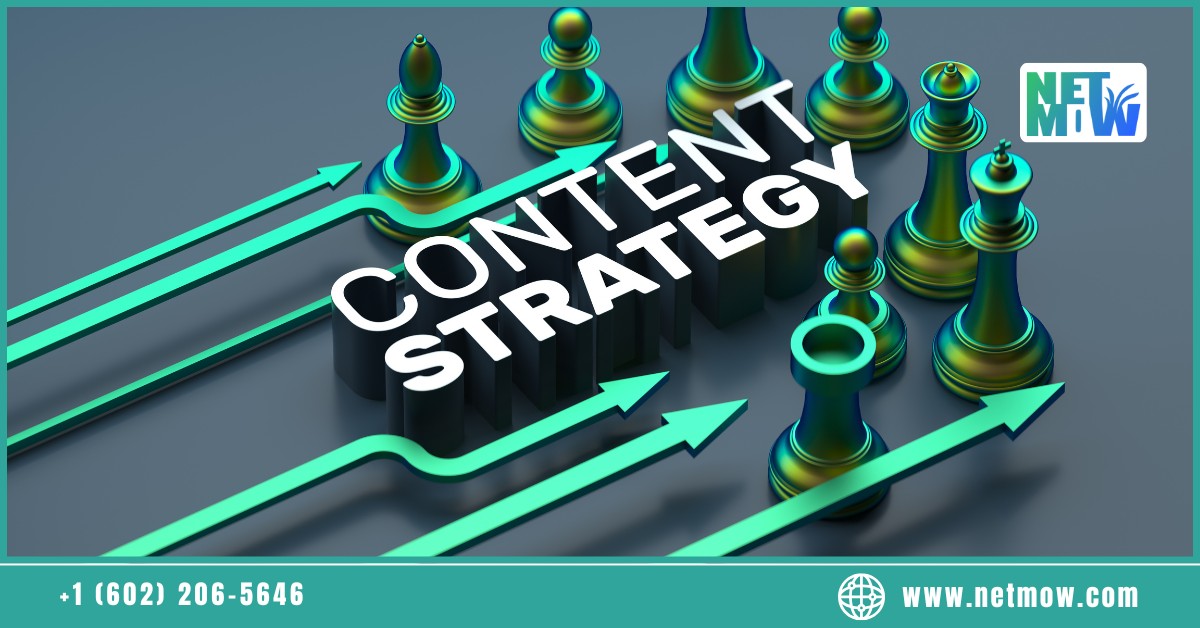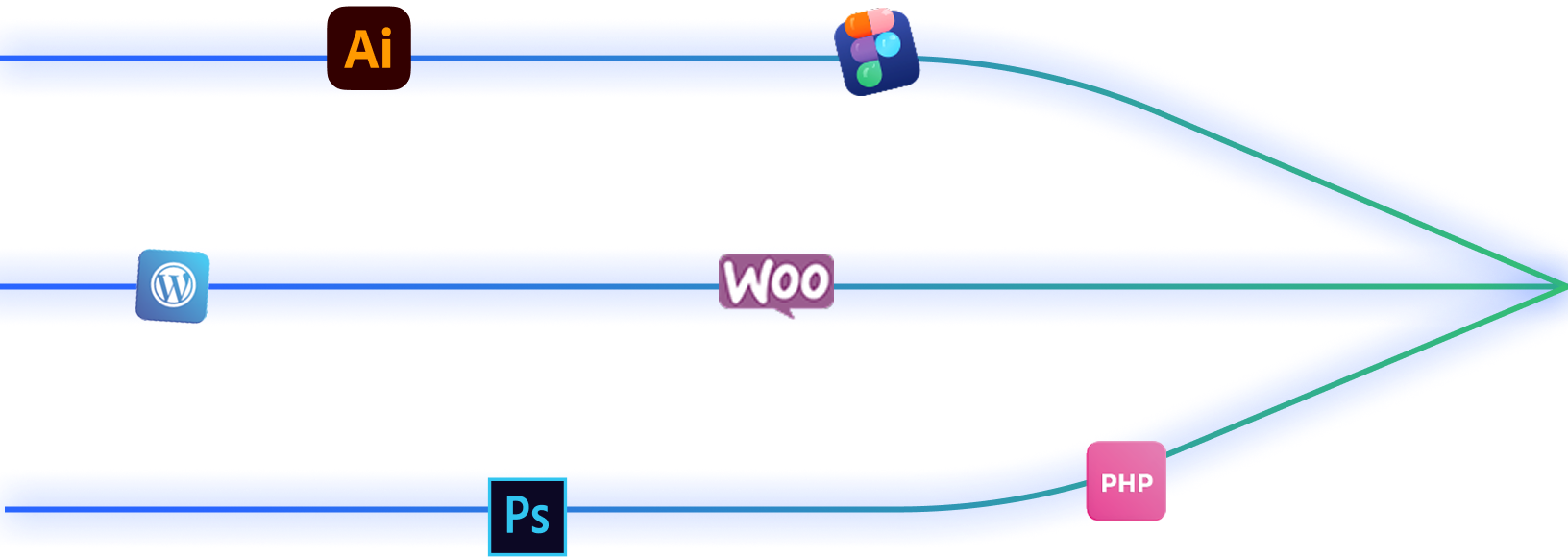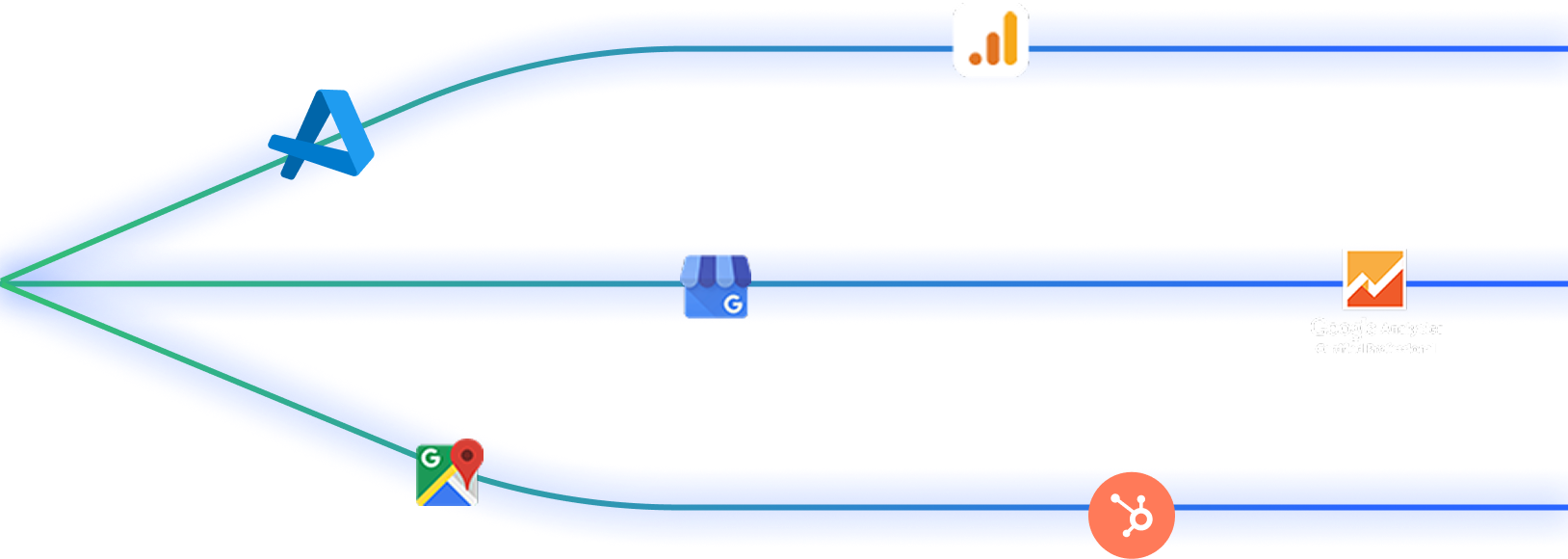Branding Your Business: How Logo Design is Like a Signature that Defines You

In a world where first impressions matter more than ever, your business logo serves as the ultimate representation of your brand’s identity. Much like a signature on a legal document, your logo is the mark that represents everything your company stands for. It tells your audience who you are, what you offer, and, most importantly, why they should care. Just like your signature is unique to you, your logo should be unique to your business.
A logo is not just a symbol; it’s an expression of your values, your mission, and the essence of your brand. Whether you’re a startup or an established business like Netmow, your logo acts as a silent ambassador that speaks to your audience even before they engage with you.
In this post, we will take you through the process of branding your business through effective logo design, discussing its role in crafting a memorable identity, setting the tone for your entire brand experience, and fostering a lasting connection with your target audience.
1. The Power of a Logo: A Visual Signature
A logo is far more than just an image; it is the visual signature of your business. When you think of global brands like Nike, Apple, or Coca-Cola, their logos immediately come to mind, often evoking feelings and associations tied to their products or services. The simple swoosh of Nike, the clean apple silhouette of Apple, and the classic script of Coca-Cola all embody the values and identity of these brands.
Just like your handwritten signature reflects who you are as an individual, your logo should reflect the essence of your business. But why is a logo so powerful?
Logo as Recognition: The human brain processes images faster than text, which means logos are often the first thing a customer notices about a brand. This makes your logo a critical part of your branding strategy. When designed thoughtfully, it becomes ingrained in the memory of your audience, allowing them to recognize your brand instantly.
Emotional Connection: A logo does more than just inform; it engages emotionally. When customers see your logo, it should evoke a feeling of trust, excitement, or curiosity—emotions that align with your brand’s mission and values. This emotional connection helps build customer loyalty, which is key to long-term success.
For example, Netmow, a company that offers web design, digital marketing, and software development services, can craft a logo that communicates its core values of innovation, trust, and expertise. The right logo will ensure that prospective clients feel confident in the services Netmow provides even before they explore the company further.
2. Understanding the Elements of Logo Design
To create a logo that truly represents your business, you must understand the individual elements that come together to form a complete and cohesive visual identity. The following components are essential for crafting a memorable and effective logo:
Typography: The font you choose plays a significant role in how your logo communicates your brand’s personality. A sleek, modern typeface may convey innovation and forward-thinking, while a traditional serif font might signal trustworthiness and experience. For Netmow, selecting a contemporary, clean typeface can reflect its position as an innovative IT services provider.
Color Palette: Color psychology plays an important role in brand perception. Colors evoke emotions, and the right palette can make your logo more impactful. For example, blue is often associated with trust and professionalism, making it a great choice for tech companies like Netmow. Green signifies growth and sustainability, while red is energetic and dynamic.
Shape & Symbols: Shapes have their own meanings. Circular logos suggest unity and completeness, while angular shapes may evoke stability or boldness. The addition of symbols can further enhance your brand message. If Netmow wanted to convey its focus on technological innovation, incorporating abstract geometric shapes could symbolize cutting-edge technology.
Simplicity: When it comes to logo design, less is often more. A simple logo is more versatile and easier to reproduce across different media. A complex logo may be challenging to recognize or adapt, especially at smaller sizes or in black and white. Aim for clarity and ease of recognition, even in the most minimal form.
A well-designed logo incorporates these elements in a balanced way, ensuring that each component supports the other to create a cohesive visual identity that is both memorable and meaningful.
3. Consistency is Key: How a Logo Sets the Tone for All Brand Design
Consistency is one of the most important principles in branding. A well-crafted logo serves as the foundation for all of your branding efforts, from your website and social media profiles to marketing materials and packaging. Once you have a logo that represents your business well, it should be used consistently across all channels and platforms.
Brand Cohesion: Your logo sets the tone for other design elements like color schemes, fonts, and imagery. For example, if you choose a bold, modern logo, you’ll likely want to pair it with dynamic and contemporary design elements across your website and promotional materials. Conversely, a classic or minimalist logo may pair well with simpler, elegant design choices.
Visual Identity: Consistency in your logo usage ensures that your visual identity remains strong across different mediums. For instance, at Netmow, your logo should appear on the homepage of your website, your social media channels, business cards, email signatures, and any print collateral. By maintaining consistent visual elements, you reinforce your brand’s identity and build trust with your audience.
Brand Recognition: Consistent use of your logo across various platforms helps customers easily recognize your brand, even when they encounter it in a new context. Think about the ease with which you recognize the Apple logo or the McDonald’s golden arches. That recognition is the result of consistent and strategic use of the logo across touchpoints.
4. Emotional Connection: How Logo Design Builds Brand Loyalty
A logo is more than just a graphical element—it’s a powerful tool for creating an emotional connection with your audience. This connection is what turns a simple customer into a loyal advocate. A strong logo communicates your brand’s values, beliefs, and personality, giving your audience a reason to trust and connect with you on a deeper level.
Creating Trust: When your audience sees a logo that reflects professionalism, reliability, and expertise, they are more likely to trust your brand. For Netmow, designing a logo that signals innovation and cutting-edge technology would instill confidence in potential clients who are looking for IT services and web development expertise.
Brand Loyalty: A logo that resonates emotionally with your audience can also foster loyalty. Think about brands that you’ve supported for years. Chances are, part of your connection with them comes from a strong logo that represents qualities you believe in or identify with. Logos evoke memories and associations, so a strong logo can keep your brand top of mind for clients and customers.
Consistency in Emotion: Maintaining the emotional tone of your logo across all brand touchpoints further strengthens this connection. Whether it’s your website, customer service, or advertising materials, your logo should continue to communicate the same emotions, ensuring that your brand consistently delivers on its promises.
5. Differentiation: Setting Your Brand Apart in a Crowded Market
In today’s competitive business landscape, standing out is crucial. Your logo plays an important role in distinguishing your brand from the competition, particularly when you’re operating in a crowded industry.
Unique Visual Identity: A distinctive logo ensures that your business does not blend into the sea of competitors. For example, in the tech and IT services space where Netmow operates, many companies use similar colors and design elements. Creating a logo that is unique and aligned with your brand’s specific offerings (such as web design, digital marketing, and software development) can help you stand out.
Memorability: Logos that are simple, unique, and aligned with your brand identity are easier to remember. When your logo is distinctive, people will be more likely to recall your brand in the future when they need your services.
Positioning Your Brand: A unique logo allows you to define your market position. Are you an innovative, cutting-edge company or a reliable, experienced industry leader? The logo is your first opportunity to set that tone and differentiate your business from others in your field.
6. The Logo Design Process: From Concept to Creation
Designing a logo involves a series of strategic steps to ensure that the final product is aligned with your brand’s mission, values, and visual identity. Let’s break down the process:
Research: The first step is to gather information. Understand your business, your target audience, and your competitors. Look at industry trends and design inspirations to help you identify what works and what doesn’t.
Brainstorming & Conceptualization: Once you have your research in place, it’s time to start sketching ideas and concepts. This is the stage where you’ll explore different combinations of typography, colors, and shapes to see what works best.
Refinement: After you’ve narrowed down your ideas, it’s time to refine them. Pay attention to detail, such as ensuring the logo scales well and is clear at all sizes. For Netmow, ensure that the logo looks just as great on a mobile screen as it does on a business card.
Finalization: After testing and feedback, finalize the logo design. Create various file formats and versions of the logo to ensure it’s versatile and can be used across all mediums.
7. Brand Guidelines: Ensuring Consistent Use of Your Logo
Once you have a logo, creating brand guidelines is essential to ensure consistency across all platforms. These guidelines should outline everything from the size and placement of your logo to acceptable color variations.
Logo Usage: Define how your logo should appear in different scenarios, such as on digital platforms, print materials, and merchandise. Specify the minimum size, padding, and spacing to maintain visual integrity.
Color Variations: Include guidelines on which color variations of the logo are acceptable. Can the logo be used in black and white, or should it always be in the primary color scheme?
Typography and Imagery: Define the fonts and imagery that should be used in conjunction with the logo to maintain a cohesive visual identity.
By following these guidelines, you ensure that your logo and visual identity are used consistently across all channels, strengthening your brand’s recognition and perception.
A logo is far more than just a symbol—it’s the visual signature that represents your business. By understanding the key aspects of logo design, you can create a powerful, consistent, and memorable brand identity that resonates with your audience. For Netmow, designing a logo that communicates innovation, trust, and expertise will set the tone for your entire brand and ensure long-term success.
A well-designed logo is just the beginning of your brand’s journey. By maintaining consistency, fostering emotional connections, and differentiating your brand in the marketplace, your logo will continue to work for you, helping you build loyalty and trust among your customers.
Are you ready to create a logo that truly represents your business? Reach out to Netmow today to begin your brand’s visual transformation!










